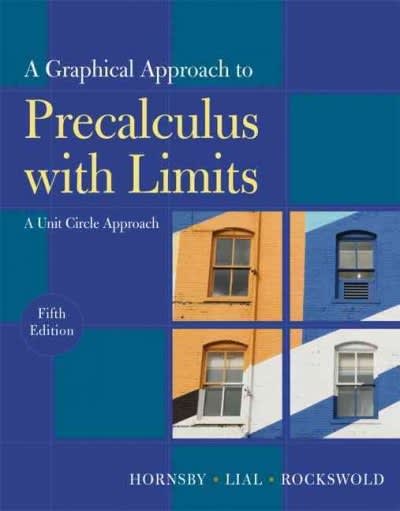Answered step by step
Verified Expert Solution
Question
1 Approved Answer
A Kaiser Family Foundation report entitled The Red/Blue Divide in COVID-19 Vaccination Rates Continues: An Update was released in 2022. As a public health researcher,
- A Kaiser Family Foundation report entitled "The Red/Blue Divide in COVID-19 Vaccination Rates Continues: An Update" was released in 2022. As a public health researcher, this topic is of interest to you. The Foundation's polling found that the COVID-19 vaccination rates continue to be lower in counties that voted for Trump versus counties that voted for Biden in 2020. Using a 0.05 significance level, you want to test the claim that COVID-19 vaccination rates are associated with voting patterns. Based on the data, the p-value corresponding to the test statistic used to test this claim is found to be 0.02. What should you conclude?
- Because 0.02 > 0.05, we reject H0 and conclude there is not sufficient evidence to support the claim that vaccination is associated with voting patterns.
- Because 0.02 > 0.05, we fail to reject H0 and conclude there is not sufficient evidence to support the claim that vaccination rates are associated with voting patterns.
- Because 0.02 < 0.05, we reject H0 and conclude there is sufficient evidence to support the claim that vaccination rates are associated with voting patterns.
- Because 0.02 < 0.05, we fail to reject H0 and conclude there is sufficient evidence to support the claim that vaccination is associated with voting patterns.
- We cannot directly compare 0.02 to 0.05. Instead, we can only compare 0.02 to a critical value which cannot be determined from the information given.
- During the COVID-19 pandemic there were increased doctor visits conducted over telemedicine. This led to concerns that increased telemedicine utilization may increase the likelihood of being prescribed an antibiotic when compared to an in-person visit. A study was conducted to determine if a patient being evaluated for rhinosinusitis is more likely to be prescribed antibiotics if seen via a telemedicine visit versus in-person. Patients seen in a doctor's office from March to May in person in 2019 for rhinosinusitis were compared to patients seen by the same doctor's office by telemedicine for the same diagnosis from March to May in 2020 (during COVID-19). The results were summarized as follows.
| Received Antibiotics | ||
| Yes | No | |
| Telemedicine | 1496 | 579 |
| In-person | 2804 | 850 |
What can you conclude about these results?
- The null hypothesis of this study is that there is a statistical difference between patients who receive antibiotics in an in-person visit compared to patients seen in a telemedicine visit.
- Because the chi-squared test statistic computed in this contingency table is only 15.2, the study researchers failed to reject the null hypothesis, and determined that any difference in antibiotic prescription rate between patients seen in-person versus via telemedicine was not significant.
- The odds ratio of being prescribed antibiotics while being seen via telemedicine versus in-person is 0.78 with a chi-squared test statistic of 15.2, meaning a patient is less likely to be prescribed antibiotics while being seen in a telemedicine visit in this study.
- The odds ratio of receiving antibiotics while being seen in-person versus via a telemedicine visit is 0.78 with a chi-squared test statistic of 15.2, meaning a patient is more likely to be prescribed antibiotics while being seen in a telemedicine visit in this study.
- The p-value associated with the test statistic in the study is >0.05, so the researchers failed to reject the null hypothesis.
Step by Step Solution
There are 3 Steps involved in it
Step: 1

Get Instant Access to Expert-Tailored Solutions
See step-by-step solutions with expert insights and AI powered tools for academic success
Step: 2

Step: 3

Ace Your Homework with AI
Get the answers you need in no time with our AI-driven, step-by-step assistance
Get Started


